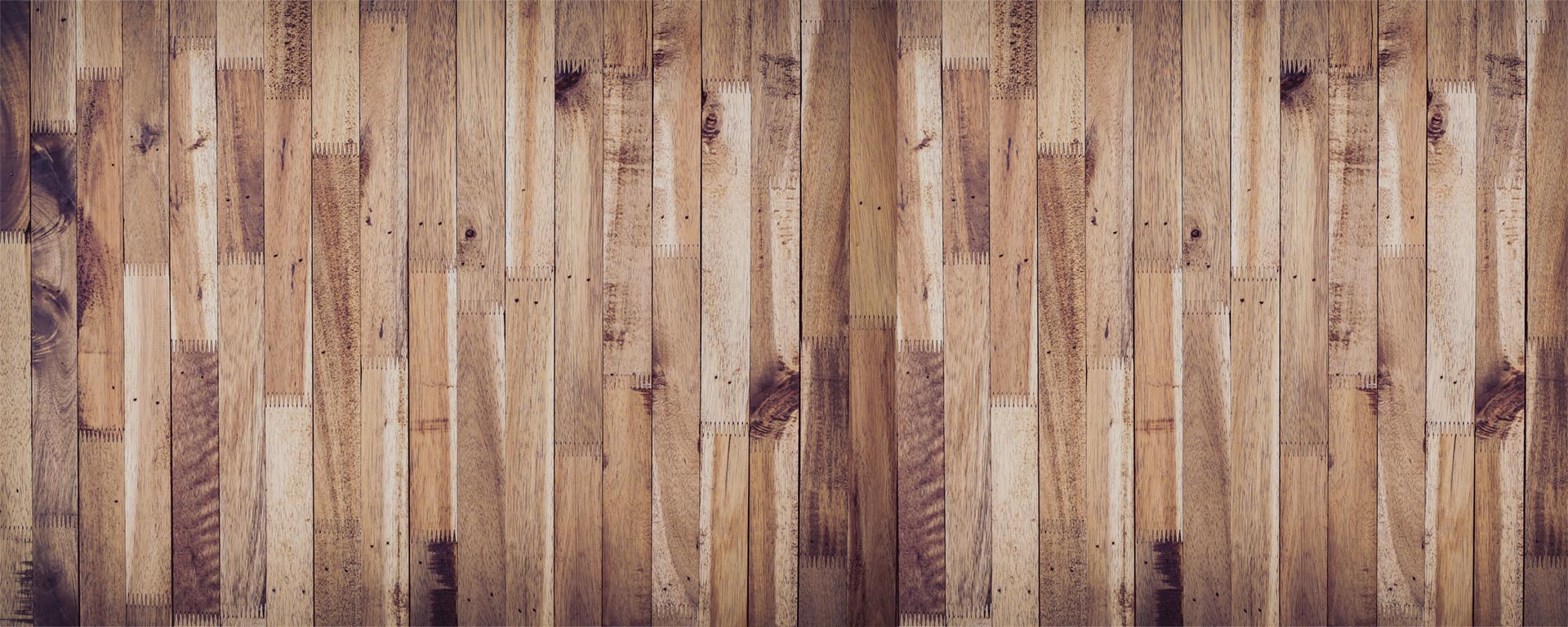
21 Jan Benefits of exercise on the aging body
Move it or Lose it-Benefits of exercise on the aging body
As we age our bodies start to lose muscle mass and flexibility, therefore, lowering our metabolism causing weight gain. Did you know that adults lose 3-5% of muscle mass per year and flexibility starts to decrease at the age 25? Fitting a regular exercise regimen into your schedule can add years to an active lifestyle and increase your quality of life through. These are just a few of the many benefits exercise has to offer the aging body.
Exercise is great for your brain
We have all had those occasional moments like a scene from finding Dory when we can relate to her short-term memory loss “ I suffer from short-term memory loss, it runs in my family. At least I think it does.” Fortunately, when you perform physical exercise your brain triggers the release of feel-good hormones and chemicals, like endorphins, which can improve brain health. In turn, this is linked to less depression, better memory and has been known to prevent or delay the onset of Alzheimer’s disease. In turn, you will most likely have less of these “Dory moments.” Workouts like Pilates, Barre, Yoga and Circuit Training that include both physical and mental demands have a higher impact on cognitive function because they integrate different parts of the brain that control coordination, rhythm, and strategy.
Increase quality of everyday activities
Think about those activities we do on a regular basis like pick up groceries, play with grandchildren, playing golf, and gardening. Increased flexibility and mobility can make these everyday activities easier and more enjoyable. Flexible joints require less energy to move through a greater range of motion. This decreases your overall risk of injury and increases physical performance as well. Lower impact training for the aging body increases flexibility, lengthening and stretching the muscles, helping your muscles to work more effectively. Flexibility can also ease tension and soreness in muscles to relieve pain in the back and other areas of the body. Tight muscles in the back and lower body can cause back pain, and improving your flexibility can help prevent and treat that pain. When the hamstrings are tight, they pull the pelvis down and create more pressure for the lower back. Plus, there is less stress on the spine when the hip flexors and pelvic muscles are flexible.
Decrease risk of Osteoporosis
Osteoporosis is the loss of calcium and other minerals from a person’s bones, which makes the bones susceptible to fracturing. Regular exercise is known to reduce the rate of bone loss. Low impact exercises that are non-load bearing on the joints can be a great option for many. Low impact workouts are great for slowly building strength and endurance at your own pace.
Improve heart health
With as little of 30 minutes of cardiovascular exercise each day you can lower your cholesterol and blood pressure and help prevent Heart Disease which still remains the leading cause of death. Just like exercise strengthens other muscles in our body when you perform cardiovascular exercise your heart strengthens and becomes more efficient at pumping blood through the body which in turn lowers your blood pressure. Exercise like Pilates and Yoga can help you relax and reduce stress. Reducing stress helps lower the stress hormone which helps alleviate some of the burden put on our heart.
It’s never too late to get started on an exercise program. Find some type of exercise that you can enjoy and start at a level that is easy to maintain.

